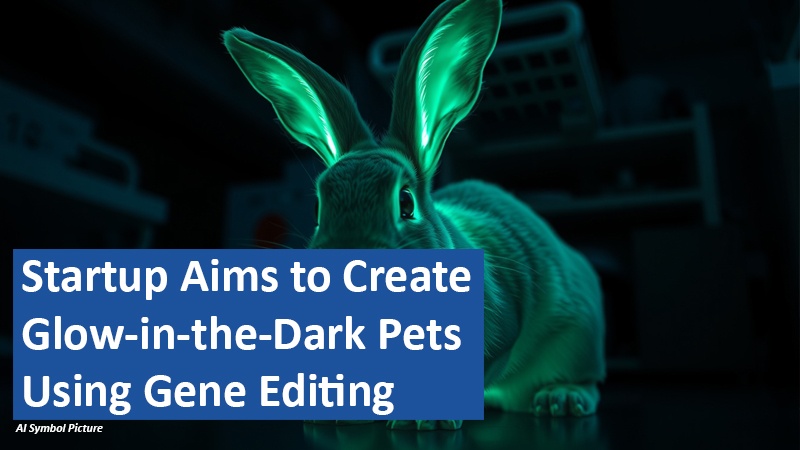
A Texas-based startup believes we need better pets and plans to genetically modify animals, starting with glow-in-the-dark rabbits. Los Angeles Project also envisions hypoallergenic cats and dogs, and even contemplates creating real unicorns. The company eventually hopes to sell these glowing animals in pet stores.
######################################################
Now exclusively try Amazon Prime and Prime Video free for 30 days!
##########################################################
“Evolving” Animals for Entertainment
Behind Los Angeles Project is biohacker Josie Zayner, known for her controversial public stunts. Partnering with biotech entrepreneur Cathy Tie, Zayner aims to make animals “more interesting, beautiful, and unique” through genetic engineering. Zayner argues that humans have a moral obligation to “evolve” animals.
Experimenting with Embryos
For over a year, the company has been secretly experimenting with embryos from fish, frogs, hamsters, and rabbits. Using CRISPR gene editing, they remove specific genes and add new ones. They’ve also been testing other novel biotech methods to achieve their desired results.
Creating Glowing Rabbits
The startup has already attempted to alter rabbit embryos with CRISPR to produce a green fluorescent protein. These altered embryos will be implanted into female rabbits, which are expected to give birth within a month. This follows previous scientific examples, such as glow-in-the-dark fish used for research and sold as pets.
Ethical Concerns and Risks
Critics have raised concerns about the ethics of using CRISPR for such trivial purposes, arguing it should be reserved for medical advancements. There’s also the risk of errors leading to health problems like cancer in the animals. Furthermore, if the rabbits are not sterile, they could harm other animals by spreading their manipulated genes. The startup states they’ll be especially cautious and emphasize no animals will be harmed.
This project raises questions about the ethical boundaries of genetic engineering and the potential risks of releasing genetically modified organisms into the environment. As the technology advances, society must grapple with the implications of altering the genetic makeup of animals for commercial purposes. The future of pet ownership may never be the same.
What do you think about genetically modifying animals for aesthetic purposes, and what regulations should be in place to govern such practices?
Based on content from www.futurezone.at and own research.